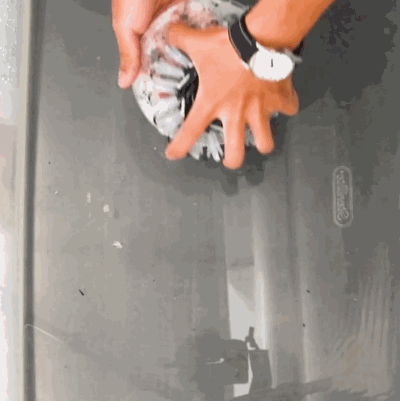Wouldn’t it be nice to have a solar panel that’s only there when the sun shines on it? That’s the idea behind this research project, which uses shape-shifting materials to make a solar panel grow from a compressed state to an expanded one with nothing more than a change in temperature.
The flower-like prototype device is made of what’s called a “shape-memory polymer,” a material that can be shaped when cool to one form, then when heated will attempt to return to its original, natural configuration. In this case the cool form is a compressed disc, and the warm one is a much wider one.
The transition (demonstrated here in warm water for simplicity) takes less than a minute. It’s guided by a network of hinged joints, the structure of which was inspired by the children’s toy known as a Hoberman sphere, which changes from a small, spiky ball to a larger spherical one when thrown.

The cooled-down material would stay rigid during, say, deployment on a satellite. Then when the satellite enters the sun, the mechanism would bloom into the full-sized array, no power necessary. That would potentially save space on a satellite that can’t quite fit a battery or spare solar array to kick-start a larger one.
For now the transformation is one-way; the larger disc must be manually folded back into the smaller configuration — but one can imagine how once powered up, a separate mechanism could accomplish that, stowing itself away until the next chance to absorb some sunlight appears.
Don’t expect to see this on any spacecraft next year, but it’s definitely a cool (and warm) idea that could prove more than a little useful for small satellites and the like in the future. And who knows? Maybe you’ll have a garden of these little blooming arrays on your roof before that.
The research, from Caltech and ETHZ, is documented in the journal Physics Review Applied.













